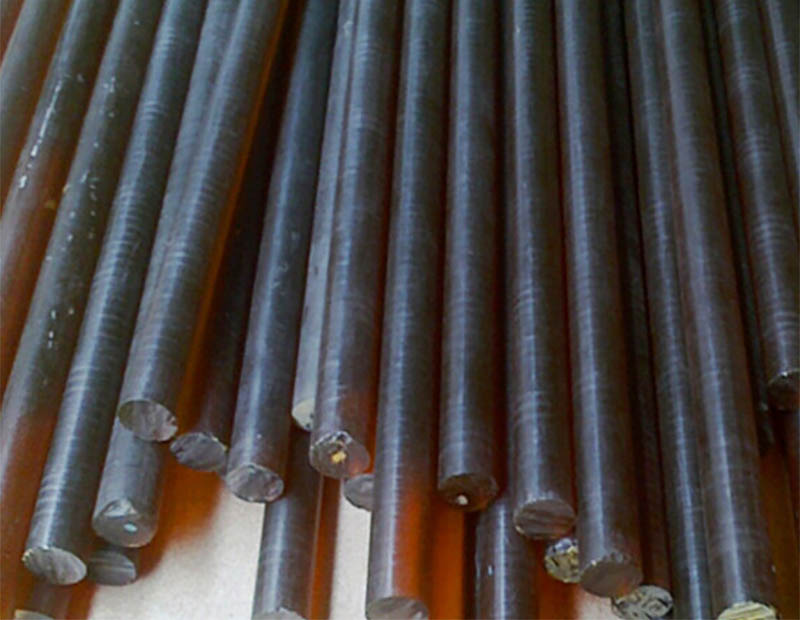Engineering Plastic Rod: Properties, Applications, and Maintenance
What is an Engineering Plastic Rod?
Engineering plastic rods are high-performance polymer extrudates designed for industrial applications requiring superior mechanical, thermal, and chemical properties compared to standard plastics. These rods are manufactured through precision extrusion processes from advanced thermoPlastic Materials, resulting in consistent dimensional stability and material homogeneity.
Key characteristics of engineering plastic rods include:
Tensile Strength: Ranging from 50-120 MPa (varies by material), significantly higher than commodity plastics like polyethylene (20-30 MPa)
Continuous Service Temperature: Typically -40°C to +150°C, with some high-performance grades (e.g., PEEK) reaching +260°C
Coefficient of Friction: As low as 0.1-0.3 for bearing-grade materials (e.g., PTFE composites)
Chemical Resistance: Excellent resistance to acids, alkalis, and organic solvents (varies by material type)
Dimensional Stability: Linear expansion coefficients of 5-50 x 10-6/°C, superior to metals in many applications

Common Material TyPES and Their Properties
The engineering plastic rod market features several specialized materials, each with distinct performance characteristics:
Acetal (POM): Tensile strength 70 MPa, low moisture absorption (0.2%), excellent machinability
Nylon (PA): Impact strength 100 kJ/m², wear resistance (PV limit 0.35 MPa·m/s)
PTFE: Chemical inertness, dielectric strength 60 kV/mm
PEEK: Flexural modulus 3.6 GPa, UL94 V-0 flammability rating
UHMW-PE: Impact strength >150 kJ/m², abrasion resistance (Taber abrasion <5 mg/1000 cycles)
Applications of Engineering Plastic Rods
These advanced materials serve critical functions across multiple industries:
Industrial Machinery
Wear strips and guide rails with service life exceeding 10,000 hours in continuous operation
Bushings and bearings operating at PV values up to 3 MPa·m/s without lubrication
Sealing components resistant to pressures up to 30 MPa in hydraulic systems
Chemical Processing
Stirrer shafts handling pH ranges from 0-14
Valve components for cryogenic applications (-200°C)
Pump internals resisting abrasive slurries with >40% solids content
Electrical Engineering
Insulating spacers with volume resistivity >1015 Ω·cm
High-frequency components exhibiting dissipation factor <0.001 at 1 MHz
Food and Pharmaceutical
FDA-compliant conveyor components with <0.5% extractables
Sanitary fittings meeting 3-A and EHEDG standards
Maintenance Best Practices
Proper care extends the service life of engineering plastic components:
Cleaning Procedures
Use mild detergents (pH 6-8) for routine cleaning
For sterilizable grades (e.g., PEEK), employ steam autoclaving at 134°C for 20 minutes
Avoid abrasive cleaners (>3 μm particle size) that may scratch surfaces
Storage Conditions
Maintain relative humidity <60% for hygroscopic materials (e.g., nylon)
Store rods horizontally on supports every 1m to prevent sagging
Protect from UV exposure (use opaque covers) for outdoor storage
Installation Considerations
Allow for thermal expansion gaps (0.1-0.3 mm per 100mm length)
Use torque limits 20-30% below metal fasteners when bolting
For press fits, maintain interference <0.5% of diameter
Operational Monitoring
Check wear surfaces for grooves deeper than 10% of wall thickness
Monitor for discoloration indicating thermal degradation
Inspect dimensional changes exceeding ±0.5% from original specs






